If you’ve shepherded your org through a digital transformation, there’s a good chance you’ve come up against a common roadblock: change resistance.
Whether it’s a new IT policy, a different benefits provider, or even a lineup switch in the breakroom vending machine, employees tend to get comfortable with what they know. And they often bristle at the notion of anything that might threaten that familiarity.
There’s a reason change resistance is so common – after all, it’s rooted in simple human nature. But this phenomenon can be absolutely fatal for digital transformation projects, which don’t just have “change” in the definition, but also rely heavily on employee buy-in.
That said, resistance to change doesn’t need to be a death knell for your digital transformation projects. With a proactive approach, you can better understand why employees push back and find ways to address concerns before they threaten a project’s success. Here are three common sources of change resistance to keep an eye out for – and a few ideas on how to manage them.
1. A Conservative Business Mindset
A cautious organizational culture has its advantages when navigating, say, a thicket of regulations or an economic downturn. But it tends to have drawbacks when trying to usher in major internal changes – especially when the goal is to improve productivity, efficiency, and employee satisfaction.
In fact, a conservative business mindset among employees is probably one of the more difficult sources of change resistance to overcome. That’s because it’s not necessarily something you want to eliminate across the board; you want your team to be cautious when necessary but also have an open mind about experimenting with new digital tools.
You don’t have to convince employees to throw caution to the wind, though, to get buy-in for a digital transformation. The more effective move: show them how each change will impact their day-to-day work experience. That means communicating…
- The everyday problems you’re trying to solve.
- How new digital tools will make their lives easier.
- What to expect at every stage of your digital transformation.
When employees can picture how they stand to benefit from a digital transformation, they’ll be more likely (and perhaps even eager) to embrace new tech.
2. Change = Uncertainty
Comfort is an underrated aspect of employee satisfaction, and uncertainty tends to be the enemy of comfort. It’s no wonder, then, why digital transformations spark resistance: disrupting the status quo is uncomfortable, and there’s no foolproof way to predict how things will turn out.For employees, a transformation gone wrong is a particularly scary prospect. It could mean…
- Frustrating workarounds (or even more actual work) if a new tool doesn’t meet their needs.
- Disruptive processes that can be difficult to adjust to.
- A threat to their job security if they take too long to adapt.
These are all valid concerns – and it’s important to uncover them early on instead of letting them fester in the dark. Our recommendation? Find out where employees experience work friction and where they’re worried it will crop up. This way, you can tailor your digital transformation to employees’ most serious problems. As you implement new tools and processes, make sure to gather employee feedback so you can keep a pulse on what is and isn’t working.
Although the way forward might not be set in stone, this collaborative approach can help your team feel more confident in the direction of your digital transformation. Over time, you’ll likely drum up interest and excitement in the changes to come.
3. A Lack of Preparation and Training
Employees tend to resist digital transformations when they feel blindsided by a change or have to scramble to adjust to new ways of working. If they don’t have enough time to learn new processes and tools, then transformation is almost certain to create more work friction, not less. Employees might resort to time-consuming workarounds in order to get work done. Or worse, they’ll abandon the tools you’ve invested in altogether.
That’s why it’s important to build in enough time for adequate training and education. .
To prepare your employees for the changes coming their way, make sure to…
- Set defined training guideposts along the digital transformation journey.
- Provide tools to aid their transition (from training videos to wikis and FAQs).
- Allow enough runway to adapt their way of working.
The likely result: a digital transformation that’s better poised to actually improve the employee experience.
The Common Denominator: Communication
While the sources of change resistance above each come with their own unique challenges, they all share a common solution: great communication.
Clear, honest, and frequent communication creates a sense of transparency. And transparency keeps employees from thinking you’re holding back information, being deliberately opaque, or dancing around uncomfortable topics – all surefire ways to create pushback.
But effective communication is a two-way street. Engage in a dialogue with employees by…
- Pinpointing sources of work friction in their day-to-day work.
- Listening to their concerns via targeted surveys.
- Explaining the reasoning behind each new process or tool.
- Clarifying changes to your transformation roadmap.
Effective communication will help maximize the chances of success for your digital transformation project. After all, if a major change was going to impact customers or clients, you’d want to give them all the details up front and continuously gather feedback. You should strive to do the same, then, for your employees – who are, after all, the backbone of your organization.
You may not always have the answers your employees want. But your willingness to include them in your digital transformation strategy will go a long way toward inspiring openness instead of resistance.
Clear Your Path to Digital Transformation
Digital transformations are hard enough to get right. But change resistance doesn’t have to stand in the way of success. With the right tools, you can uncover the biggest drivers of resistance at your organization and tailor your digital transformation strategy to overcome those barriers.
Start that journey with FOUNT’s work friction software. If you’re ready to clear your path forward, get in touch.
.svg)

.webp)

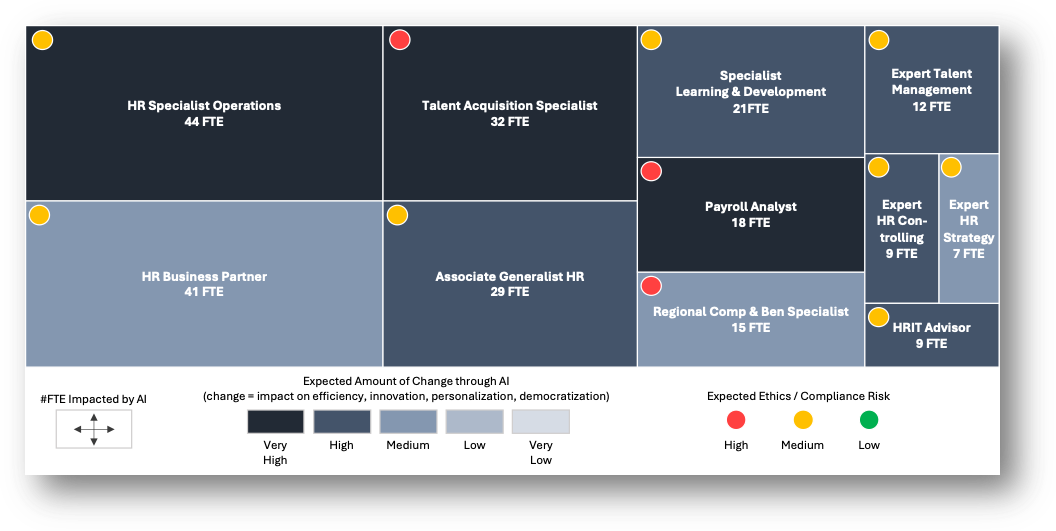
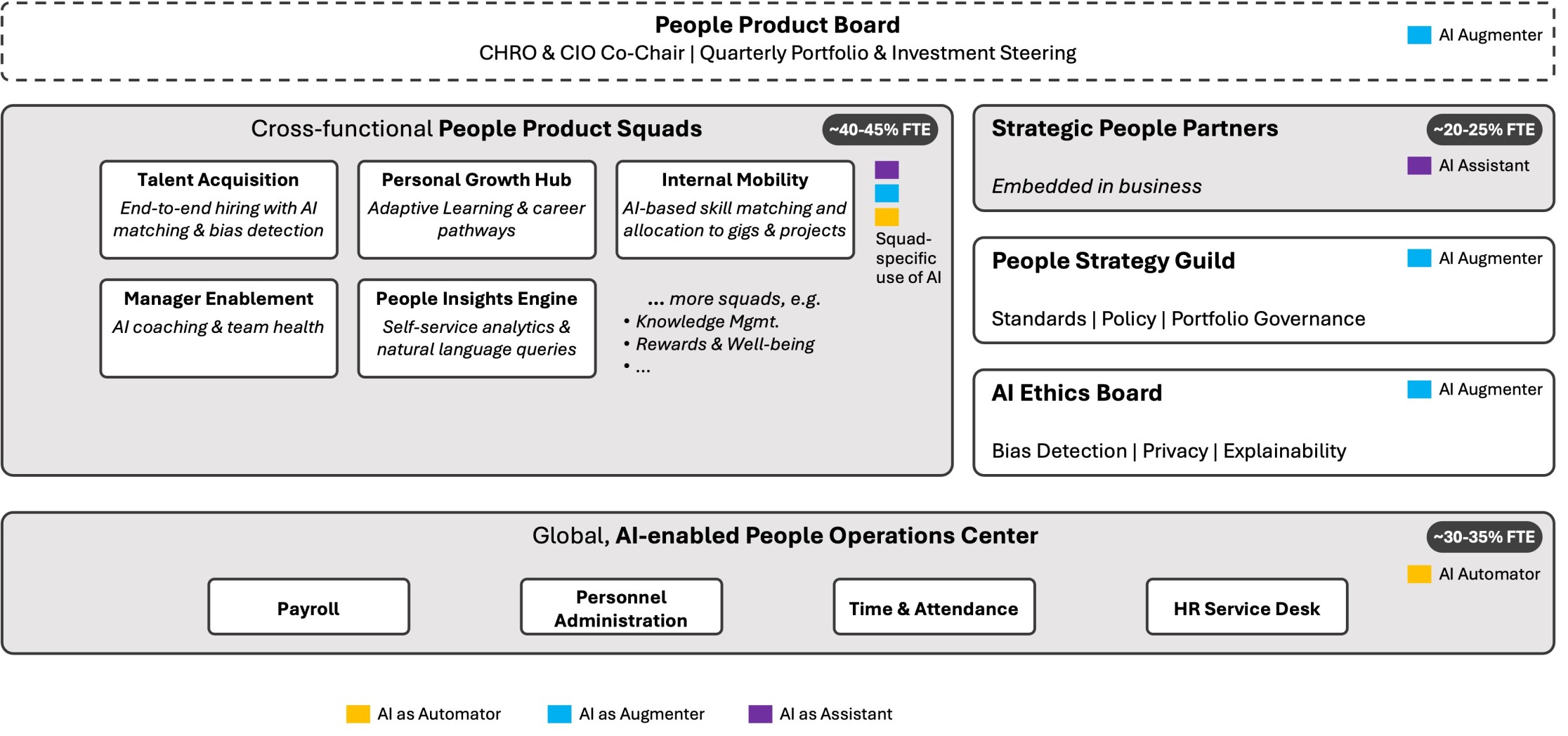

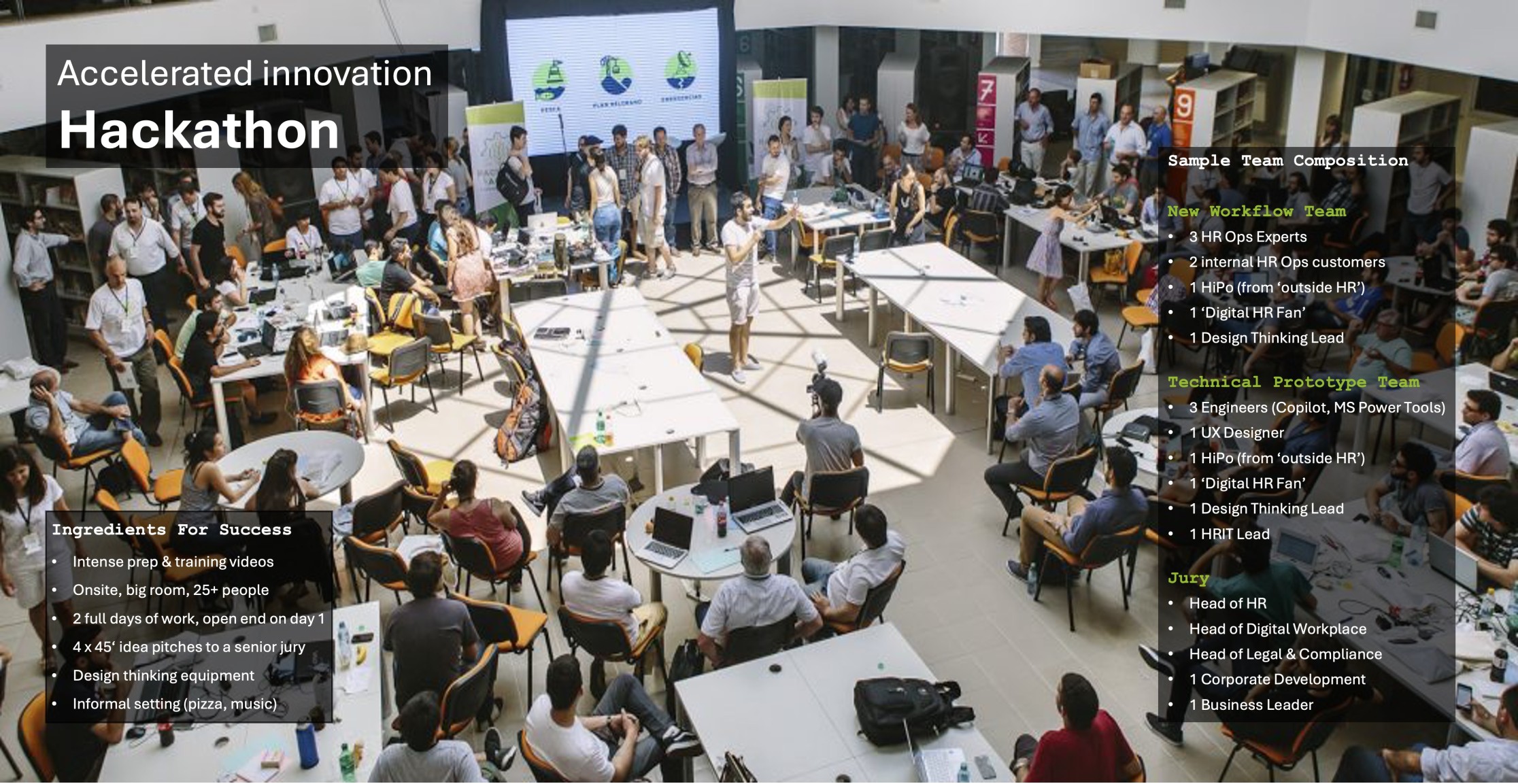
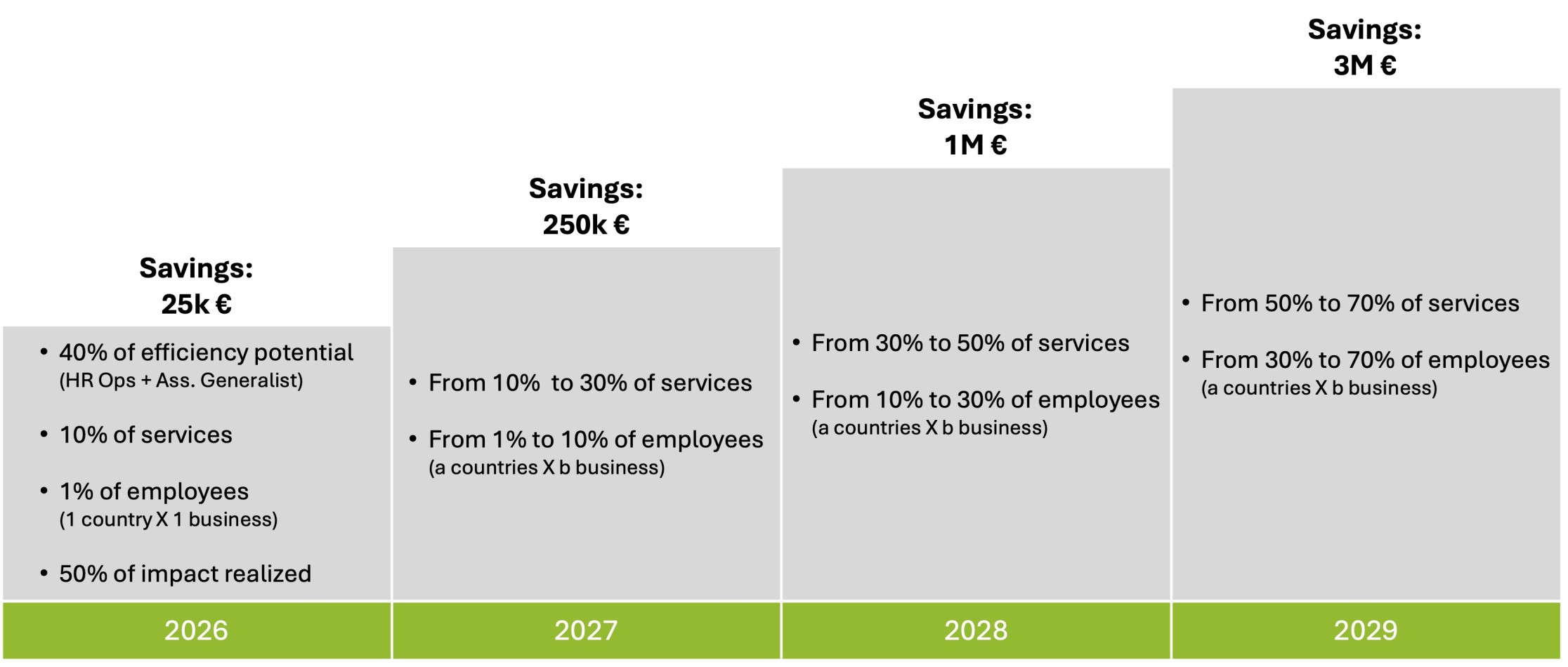

.png)

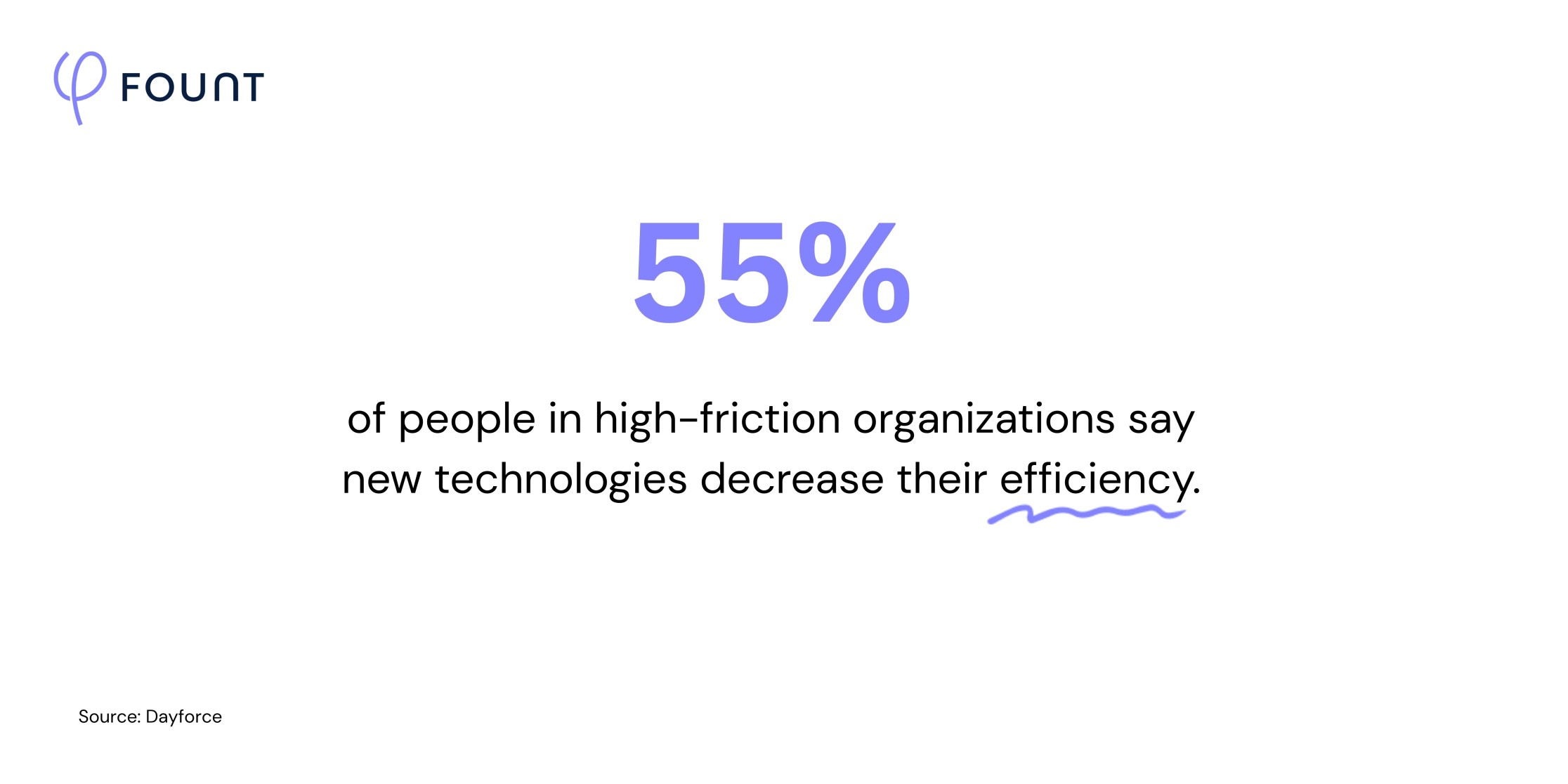


.svg)
.svg)